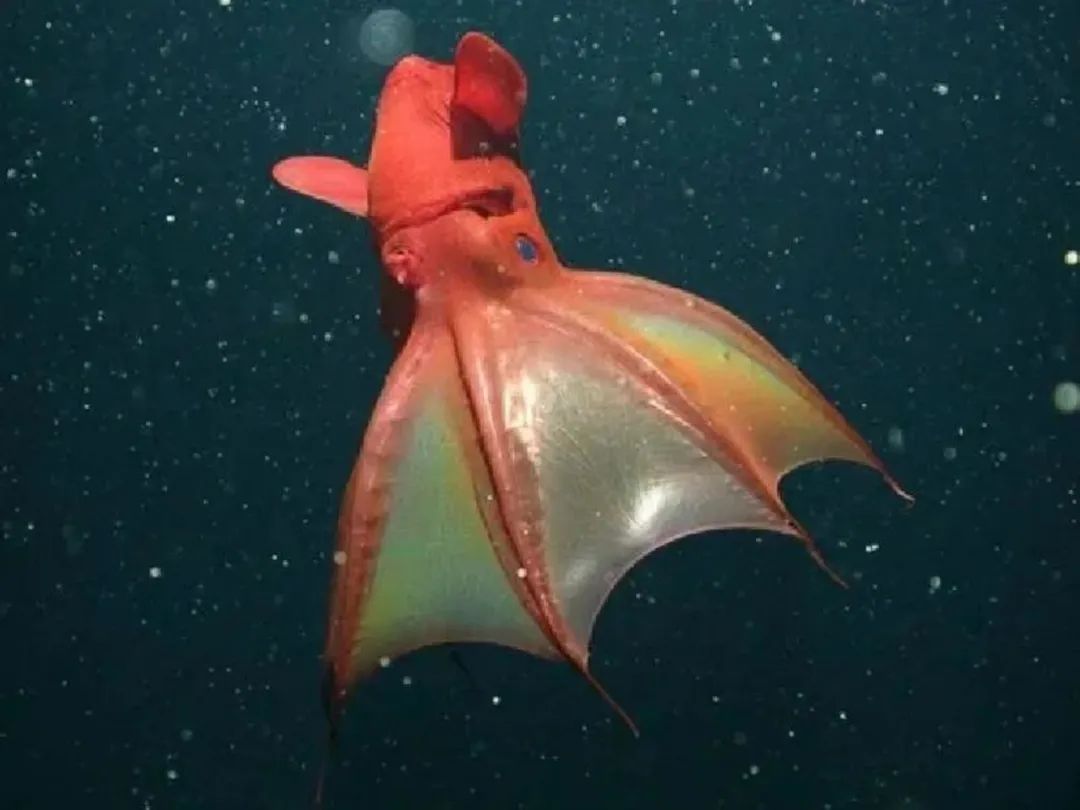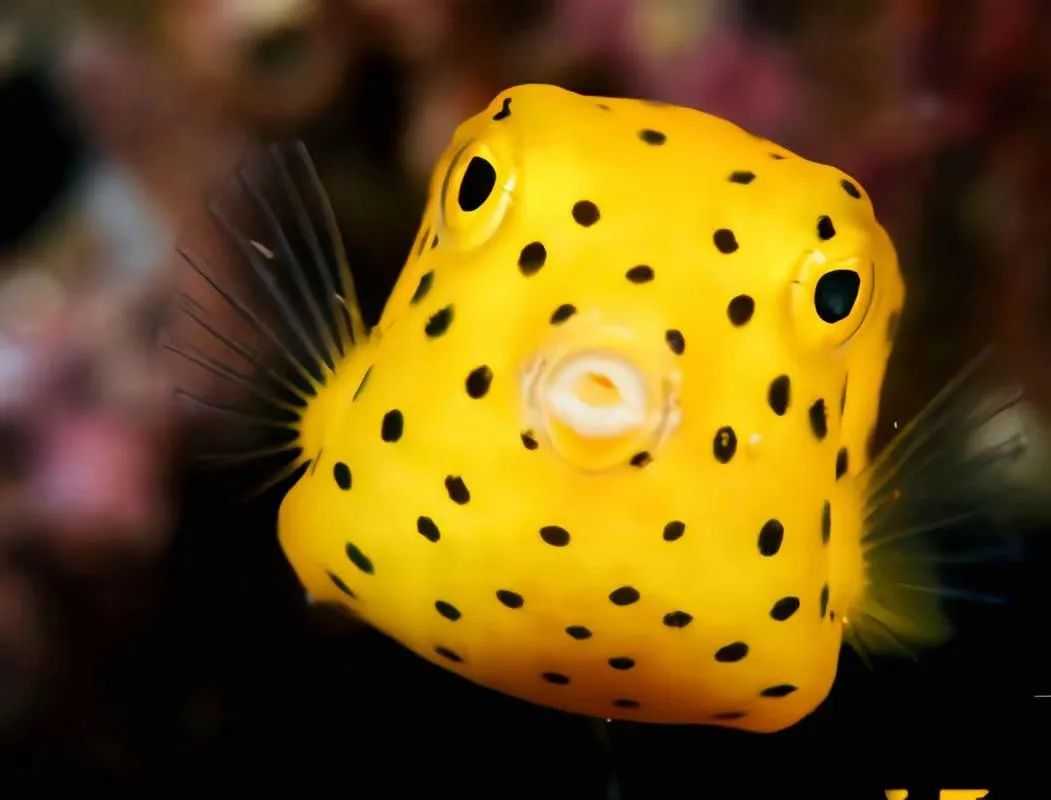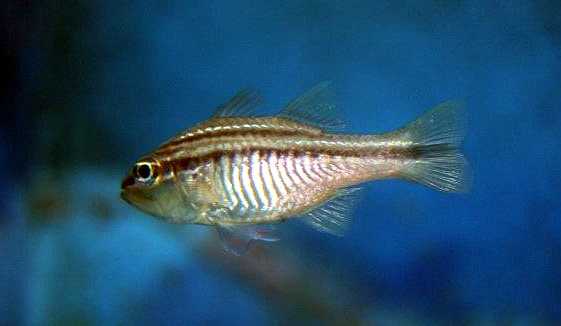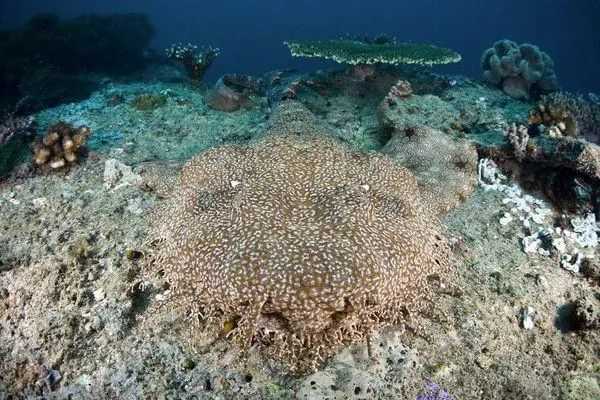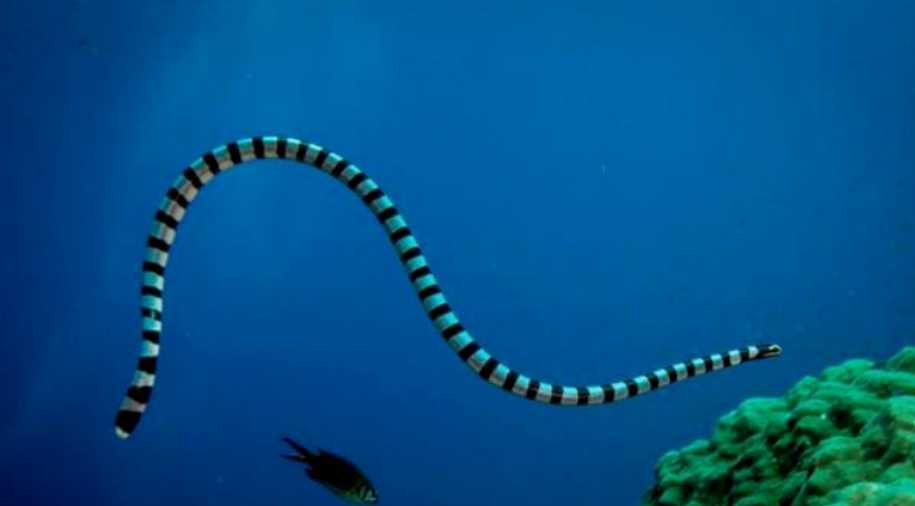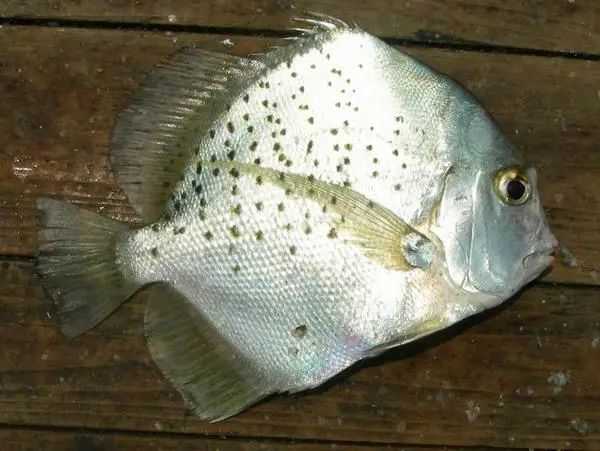In the pitch - black, oxygen - starved depths of tropical and temperate oceans, between 600 and 4,000 meters below the surface, dwells the vampire squid, or Vampyroteuthis infernalis, a mysterious cephalopod. Measuring around 15 centimeters in length, this creature has earned its ominous moniker from its otherworldly appearance and survival tactics in one of the most extreme environments on Earth.
The Vampire Squid: Eerie Deep - Sea Enigmas of the Abyss
In the pitch - black, oxygen - starved depths of tropical and temperate oceans, between 600 and 4,000 meters below the surface, dwells the vampire squid, or Vampyroteuthis infernalis, a mysterious cephalopod. Measuring around 15 centimeters in length, this creature has earned its ominous moniker from its otherworldly appearance and survival tactics in one of the most extreme environments on Earth.
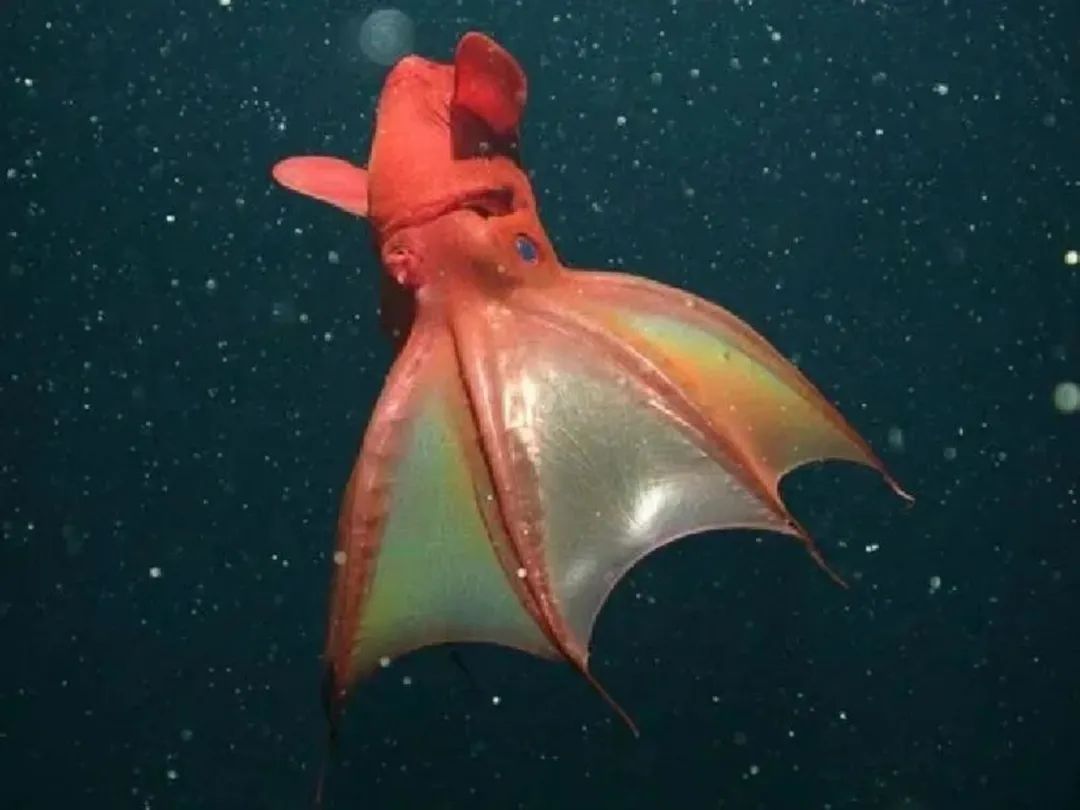
Source: Images from the Internet, if there is any infringement, please contact the removal of
The vampire squid’s form defies conventional expectations. Its gelatinous body, cloaked in dark red or black hues, is dominated by disproportionately large eyes—each with a 2.5 - centimeter diameter, a remarkable percentage of its body size. Its tentacles, lined with sharp, tooth - like spines reminiscent of a vampire’s fangs, serve as a formidable defense. When threatened, it can invert its arms to create a spiky shield, deterring potential predators.
What truly sets the vampire squid apart is its bioluminescent prowess. Covered in light - producing organs called photophores, it can switch its cold - glowing lights on and off at will. This ability allows it to dazzle and confuse attackers, providing a crucial window to escape. As researchers continue to explore the deep - sea realm, the vampire squid remains a captivating example of nature’s ingenuity in shaping life forms adapted to the harshest conditions.

